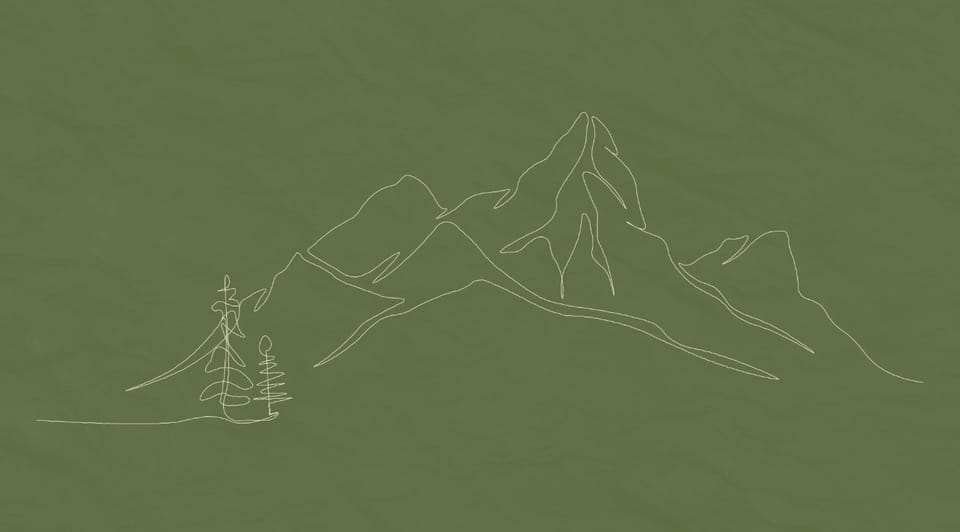How AR could have been integrated into the process of my 4.4 Publication.

AR could have made this project quite interesting due to the nature of the brief which was about a square location of Leeds, which my area was Kirkgate. Throughout the entirety of this project I visited my location and its surrounding areas numerous times and found that colour and spray painted artwork was very predominant in the area. I took lots of images of graffiti and street art to use for the project. Using AR to experiment with how this project could have been interactive through a 3D Photogallery for example.
An interesting concept could highlight the development of the space showing before and after pictures of the location, what it was like when graffiti was there compared to without. AR could show the transformation of a wall allowing viewers to see the impact of the graffiti on the city landscape.
The inclusion of AR would give the graffiti photography an increased level of interaction through the viewers actively engaging with the context rather than just passively looking at pictures and text. Using a phone for example could trigger animations of the graffiti if a person was to get within a certain proximity of the art creating a personalised feel and encourage the feeling of wanting to see more.
Some different outcomes of using this technology for example could be through the access of audio and video. The use of AR could provide sounds from the environment or the process of the art which you cannot achieve from photography alone. Through this approach, media could also have made the publication more accessible to different learning styles, as some readers might prefer auditory or visual experiences over reading text and viewing images.
This reflection could influence my approach to future projects through the understanding of being able to reach and include a wider audience of people. Using augmented reality or other visual technologies into future projects would help me to create more immersive experiences by experimenting with other technologies to engage a wider and more diverse audience.
